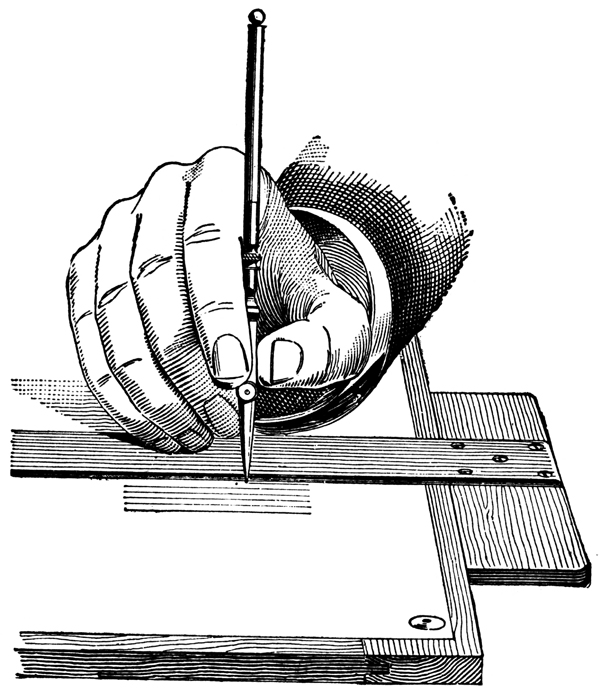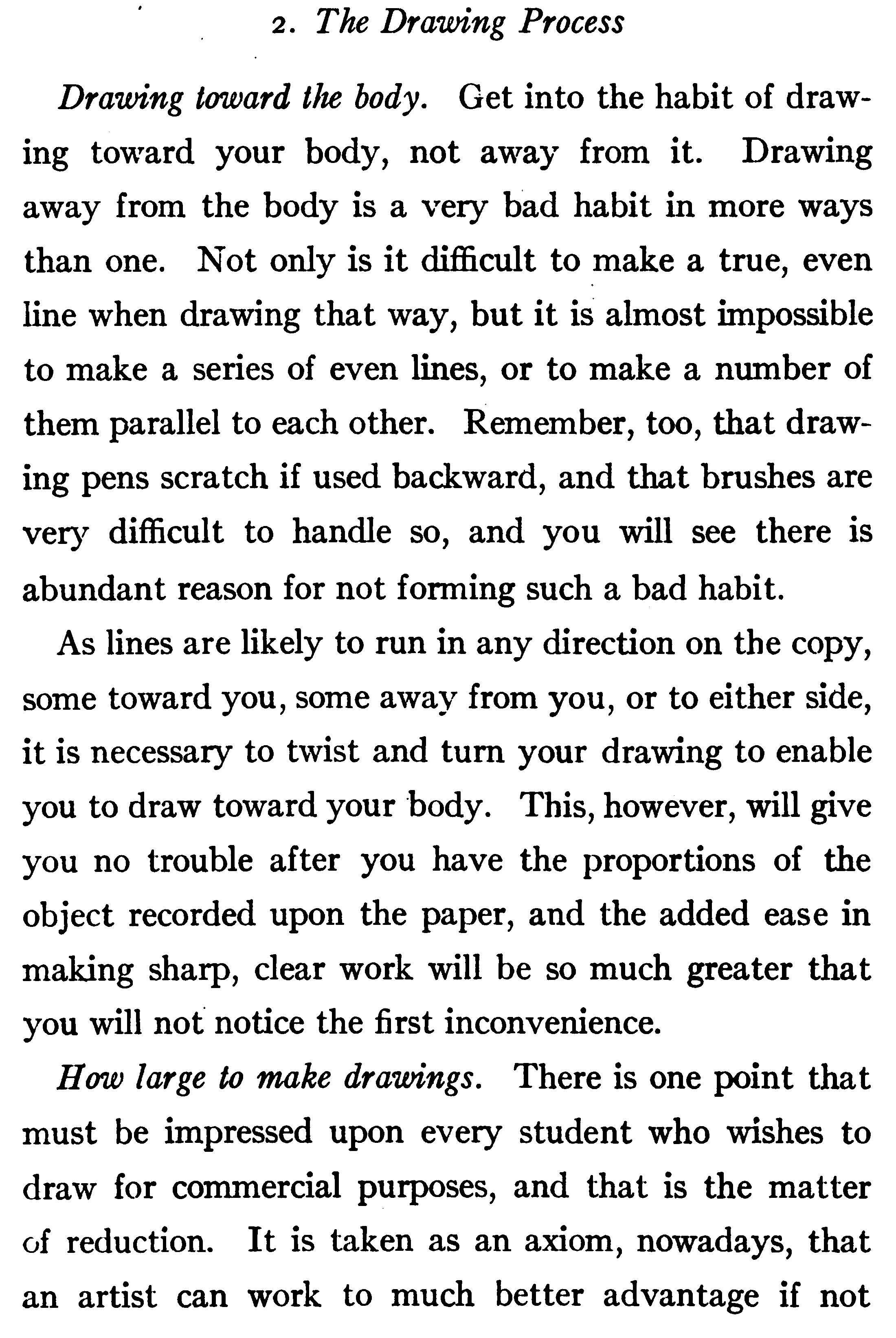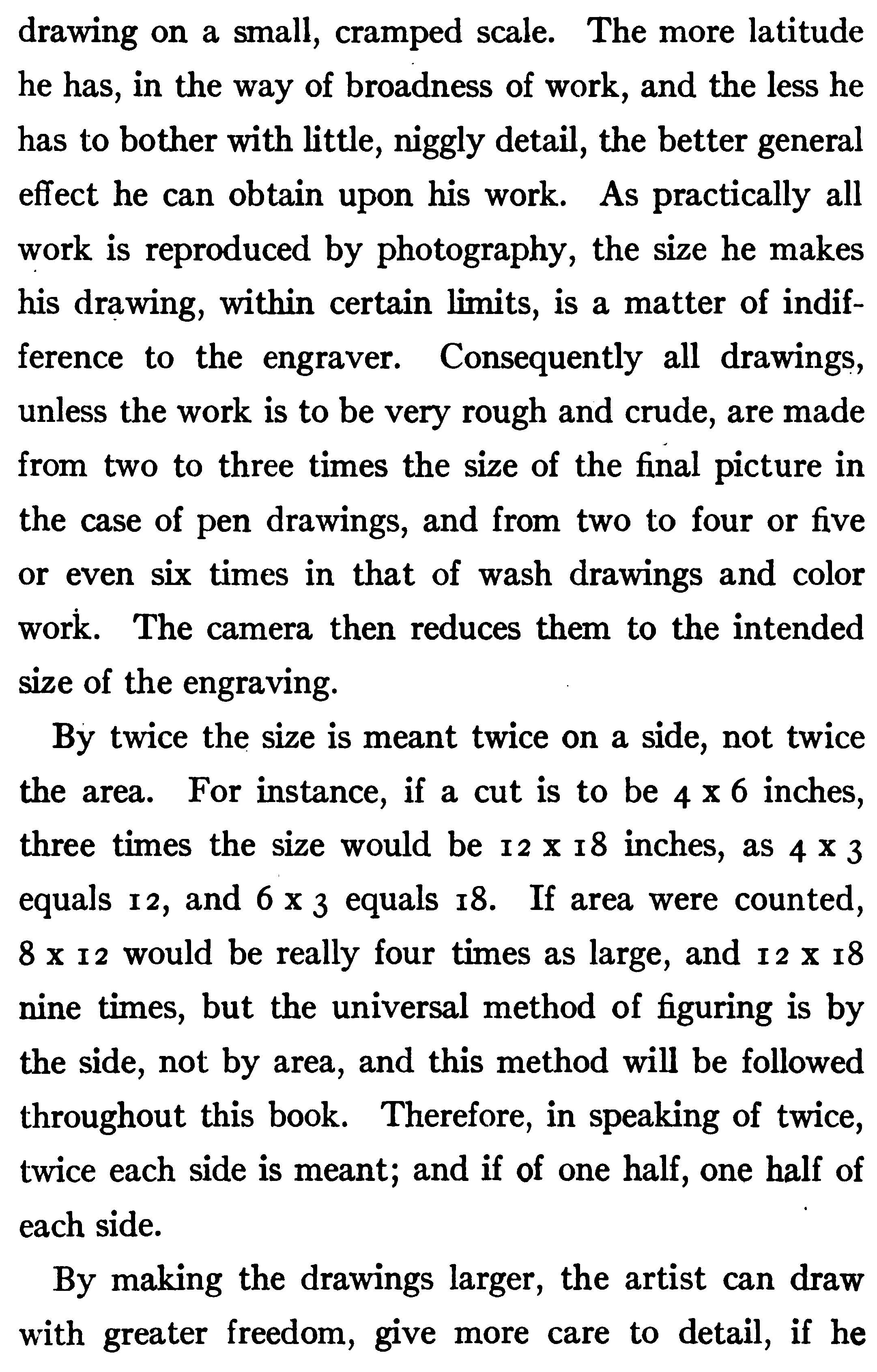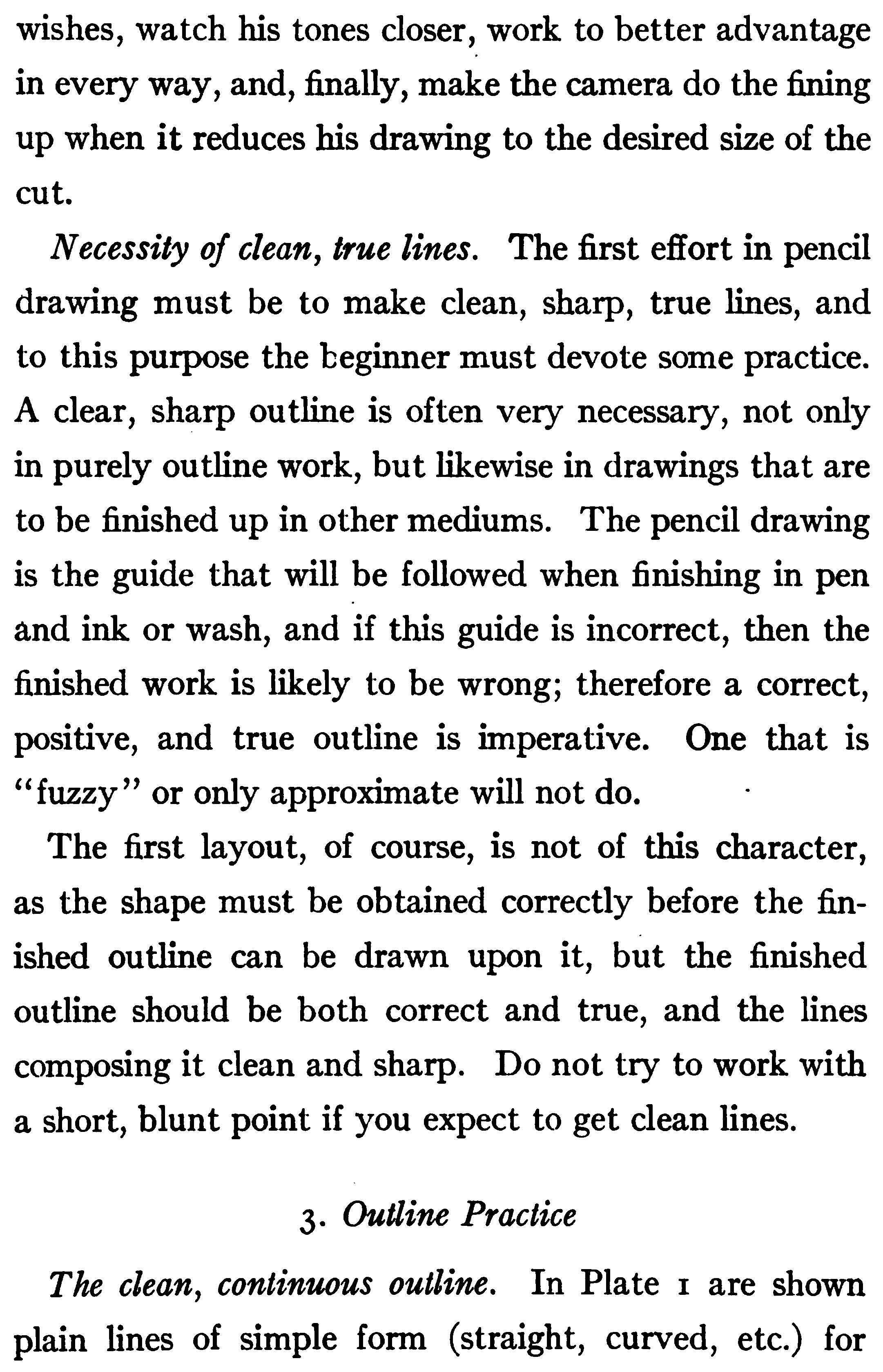Home > Directory of Drawing Lessons > Improving Your Drawings >Freehand Drawing> Adopt These Drawing Techniques & Processes
Guidelines for Making Great Drawings : Here Are Some Drawing Processes New Artists Should Follow
|
|
Drawing Processes That Will Make You A Better Artist and Drawer
2. The Drawing ProcessDraw Toward Your BodyDrawing toward the body. Get into the habit of drawing toward your body, not away from it. Drawing away from the body is a very bad habit in more ways than one. Not only is it difficult to make a true, even line when drawing that way, but it is almost impossible to make a series of even lines, or to make a number of them parallel to each other. Remember, too, that drawing pens scratch if used backward, and that brushes are very difficult to handle so, and you will see there is abundant reason for not forming such a bad habit. Twist and Turn Your DrawingAs lines are likely to run in any direction on the copy, some toward you, some away from you, or to either side, it is necessary to twist and turn your drawing to enable you to draw toward your body. This, however, will give you no trouble after you have the proportions of the object recorded upon the paper, and the added ease in making sharp, clear work will be so much greater that you will not notice the first inconvenience. Draw in the Correct SizeHow large to make drawings. There is one point that must be impressed upon every student who wishes to draw for commercial purposes, and that is the matter of reduction. It is taken as an axiom, nowadays, that an artist can work to much better advantage if not drawing on a small, cramped scale. The more latitude he has, in the way of broadness of work, and the less he has to bother with little, niggly detail, the better general effect he can obtain upon his work. As practically all work is reproduced by photography, the size he makes his drawing, within certain limits, is a matter of indifference to the engraver. Consequently all drawings, unless the work is to be very rough and crude, are made from two to three times the size of the final picture in the case of pen drawings, and from two to four or five or even six times in that of wash drawings and color work. The camera then reduces them to the intended size of the engraving. By twice the size is meant twice on a side, not twice the area. For instance, if a cut is to be 4 x 6 inches, three times the size would be 12 X 18 inches, as 4 x 3 equals 12, and 6 x 3 equals 18. If area were counted, 8 x 12 would be really four times as large, and 12 X 18 nine times, but the universal method of figuring is by the side, not by area, and this method will be followed throughout this book. Therefore, in speaking of twice, twice each side is meant; and if of one half, one half of each side. By making the drawings larger, the artist can draw with greater freedom, give more care to detail, if he wishes, watch his tones closer, work to better advantage in every way, and, finally, make the camera do the fining up when it reduces his drawing to the desired size of the cut. Clean & Sharp LinesNecessity of clean, true lines. The first effort in pencil drawing must be to make clean, sharp, true lines, and to this purpose the beginner must devote some practice. A clear, sharp outline is often very necessary, not only in purely outline work, but likewise in drawings that are to be finished up in other mediums. The pencil drawing is the guide that will be followed when finishing in pen and ink or wash, and if this guide is incorrect, then the finished work is likely to be wrong; therefore a correct, positive, and true outline is imperative. One that is " fuzzy " or only approximate will not do. The first layout, of course, is not of this character, as the shape must be obtained correctly before the finished outline can be drawn upon it, but the finished outline should be both correct and true, and the lines composing it clean and sharp. Do not try to work with a short, blunt point if you expect to get clean lines. |
Privacy Policy ...... Contact Us








